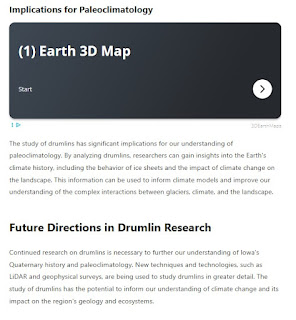There are many deserving THANK YOUs as a follow up to the 3-day workshop MANAGING THE COMPLEXITIES AND UNCERTAINTIES OF SOIL SEQUENCES on May 7-8-9. 2025 at Glacial Till Vineyard and Winery in Palmyra, Nebraska.
Big Cornhusker Thank You to OLSSON for drilling two borings and going the extra mile with hitting the top of bedrock in both locations. Well done and Thank You!
We tip our hat to the NEBRASKA GEOLOGICAL SOCIETY too for collaboration and workshop leadership. Thanks to Tim Kemmis, Paul Hanson, Susan Grover, Theodore "Ted" Huscher, Doug Hallum, Cara Burberry, Roger Nikodym, and 50+ participants.
BORING GT-2 revealed the succession of alluvium units deposited in the drainageway. Despite their similar lithology (i.e. soil classifications), each unit yields different hydrogeologic and geotechnical properties that impact the whole system of the drainageway.
BORING GT-3 revealed a stacked sequence of glacial tills that are relatively old and weathered beyond their primary sedimentary properties. One of the hallmarks of soil sequences of eastern Nebraska is the progression of deposition, erosion, re-sedimentation and secondary weathering.
Between these two borings, it was a "take-away-of-lifetime" lesson and experience benefitting our understanding of: (1) subsurface relationships, (2) ground water movement (3) engineering application, and (4) how the landscape provides insights to primary deposition, weathering, erosion, and re-sedimentation. Mother Nature provided an exquisite opportunity to learn about glacial deposits and help improve our ability to become responsible stewards of this precious planet.












































































